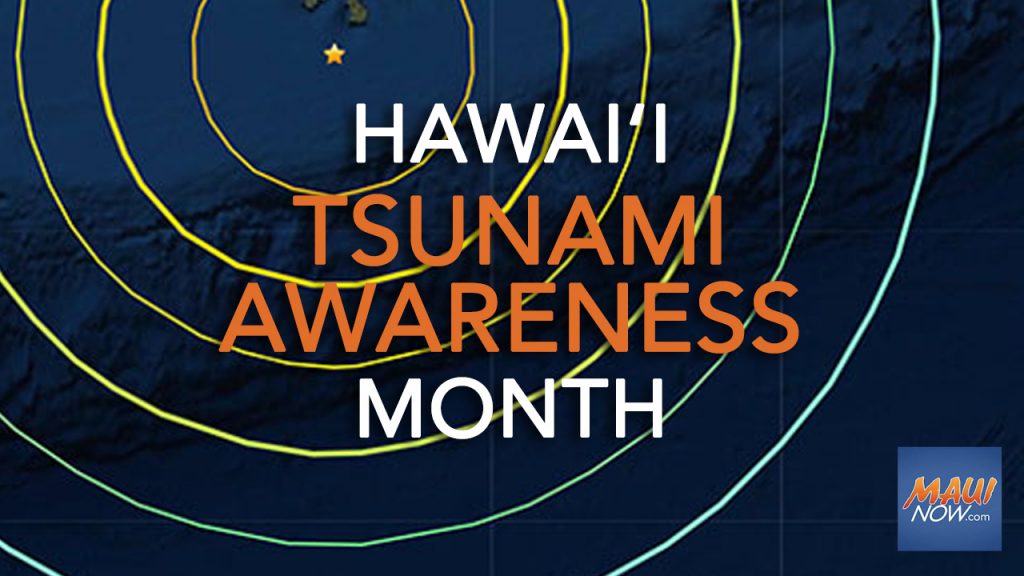Preparedness urged as Hawaiʻi observes Tsunami Awareness Month

With April being Tsunami Awareness Month in Hawaiʻi, DTRIC Insurance is reminding residents, especially those in low-lying areas, to be aware of the dangers of tsunamis and to develop preparedness plans.
While some tsunamis are caused by earthquakes hundreds of miles away, a temblor near the Hawaiian Islands could provide only minutes to respond.
The earliest confirmed tsunami to reach Hawaiʻi took place in 1812. The most destructive tsunami in Hawaiʻi history occurred on April 1, 1946, and resulted in significant loss of life and property damage.
“Numerous tsunamis have affected Hawaiʻi and we want to ensure that the public is prepared in the event of one,” said DTRIC Vice President and Chief Claims Officer Mike Mishima in a news release. “Preparing for a tsunami or other natural disasters will help keep you and your loved ones safe.”
The American Red Cross has these tips on preparing for and dealing with the aftermath of a tsunami:
- View statewide maps here to determine if your home, workplace, and children’s school are in tsunami inundation zones.
(https://dod.hawaii.gov/hiema/public-resources/tsunami-evacuation-zone/) - Plan your evacuation route from work, school, and other frequented locations; emergency planners recommend going inland for at least two miles and getting higher than 100 feet above sea level or 2 miles away.
- Practice your evacuation routes until they become familiar.
- Know the difference between a tsunami warning and a tsunami watch. A tsunami warning means a tsunami could be close to your area. A tsunami watch means a tsunami hasn’t been verified but could be as little as an hour away.
- In the aftermath of a tsunami, continue listening to local news or NOAA Weather radio (www.weather.gov/nwr) for updates and instructions.
- If evacuated, only return when authorities say it is safe. Sometimes a tsunami can go on for a significant time, with waves of various sizes hitting the shoreline in succession.










